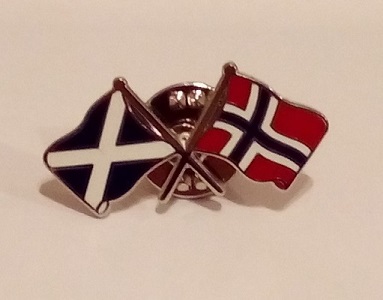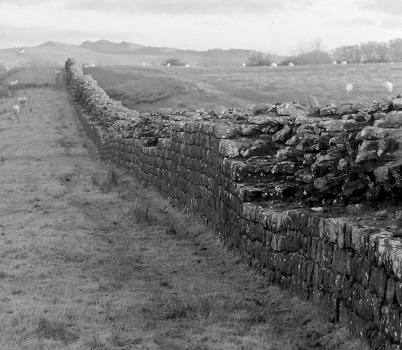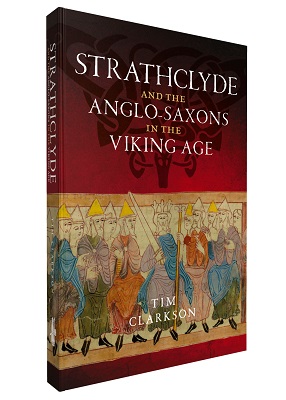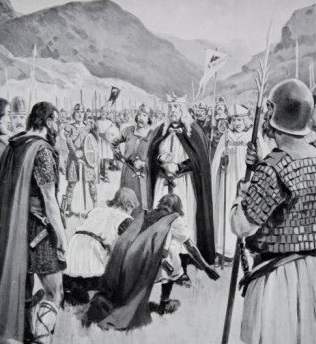I’ve been away from blogging for more than a year and a half, my longest period of absence since the launch of Senchus ten years ago. Distractions of various kinds have caused me to drift off the radar, but now I’m gradually making my way back. All three of my blogs have lain dormant since the autumn of 2016. Returning after such a long break means oiling their wheels, kick-starting their rusty engines and clearing the cobwebs off my WordPress dashboard.
Although absent from the ‘Blogosphere’ I’ve still kept in touch with history and archaeology. In April 2017, the Stove Network invited me to their headquarters in Dumfries to give a talk about Dark Age Galloway. The event was part of a cultural heritage project called Our Norwegian Story which looked at links between Scandinavia and South-West Scotland, so the Vikings featured prominently in my presentation. On a similar note, I was honoured to give the 2018 Oddveig Røsegg Memorial Lecture to the Scottish Norwegian Society a couple of months ago. My topic was ‘Strathclyde and the Vikings’, with an emphasis on the Norse aspect. A nice souvenir of the evening was a Society badge incorporating the Scottish and Norwegian flags (see below).

Also in 2017 I wrote a book, my seventh on early medieval history and the first without a Scottish focus. It’s a biography of Æthelflæd, the eldest daughter of King Alfred the Great of Wessex. Æthelflæd ruled the neighbouring kingdom of Mercia in the early tenth century and led her armies against the Vikings. Her death in June 918 is being commemorated 1100 years later at a number of places in what was once her domain. My book is scheduled to appear around the time of the anniversary and is being published by Birlinn of Edinburgh. The front cover shows a sculptured portrait of Æthelflæd from a public artwork at Runcorn in Cheshire, the site of one of her fortresses.

I’ll be posting about Æthelflæd at my other blog Strathclyde and the Anglo-Saxons in the Viking Age, which seems the most relevant venue, but occasional updates on the book will also appear here at Senchus.
Those of you who keep an eye on news about Dark Age Scotland will know that there have been some interesting developments in the last year or so. I hope to report on these as I slowly get back to blogging.
* * * * * * *







